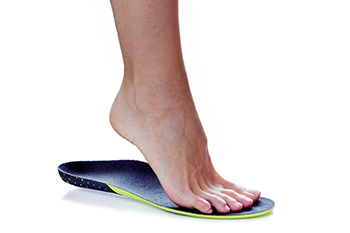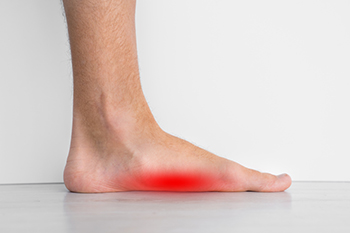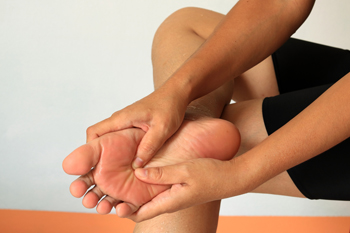
Orthotics offer valuable assistance for common foot conditions such as bunions, hammertoes, and Achilles tendinopathy. Bunions, characterized by painful bony protrusions, can benefit from orthotics that redistribute pressure away from the affected area, reducing friction and discomfort. These custom inserts can also provide arch support, promoting better foot alignment and potentially preventing bunions from worsening. Hammertoes, where toes bend downward at the middle joint, causing pain and deformity, can find relief through orthotics. Orthotics with toe crest pads or metatarsal support help alleviate pressure on the affected toes, encouraging better alignment and reducing discomfort. Achilles tendinopathy, which involves inflammation and pain in the Achilles tendon, can be managed effectively with orthotics. These custom inserts provide cushioning and support, reducing stress on the tendon, aiding the healing process, and preventing further injury. Custom orthotics are designed to fit an individual's unique foot shape and address specific conditions, ensuring maximum comfort and effectiveness. They offer a non-invasive and conservative approach to managing foot issues, potentially avoiding the need for surgical interventions. If you have foot problems, it is suggested that you schedule an appointment with a podiatrist for personalized orthotic solutions.
If you are experiencing discomfort in your feet and would like to try custom orthotics, contact one of our podiatrists from Foot & Ankle Centers of Charlotte County . Our doctors can provide the care you need to keep you pain-free and on your feet.
What Are Custom Orthotics?
Custom orthotics are inserts you can place into your shoes to help with a variety of foot problems such as flat feet or foot pain. Orthotics provide relief and comfort for minor foot and heel pain.
Over-the-Counter Inserts
Shoe inserts come in a wide variety and are used to treat foot pain, heel pain, and minor problems. For example, arch supports can be inserted into your shoes to help correct overarched or flat feet, while gel insoles are often used because they provide comfort and relief from foot and heel pain by alleviating pressure.
Prescription Orthotics
If over-the-counter inserts don’t work for you or if you have a more severe foot concern, it is possible to have your podiatrist prescribe custom orthotics. These high-quality, custom inserts are designed to treat problems such as abnormal motion, plantar fasciitis, and severe forms of heel pain. They can even be used to help patients suffering from diabetes by treating foot ulcers and painful calluses and are usually molded to your feet individually, which allows them to provide full support and comfort.
If you're experiencing minor to severe foot or heel pain, it’s recommended to speak with your podiatrist about the possibility of using custom orthotics or shoe inserts. A podiatrist can determine which type of custom orthotic or shoe insert is right for you and help you take the first steps toward being pain-free.
If you have any questions please contact our offices located in Punta Gorda and Port Charlotte, FL . We offer the newest diagnostic and treatment technologies for all your foot and ankle needs.






